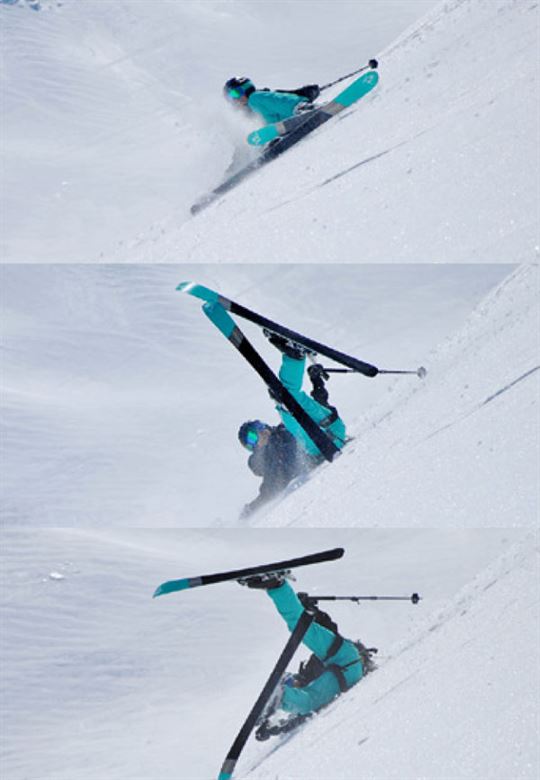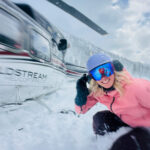If you haven’t had a serious knee injury while skiing, you likely know someone who has. We often think it’s just random bad luck but keep reading.
by DR. JOHN FOOTE in December 2016 issue
American engineers Jasper Shealy and Carl Ettlinger and orthopaedic surgeon Dr. Robert Johnson have studied skiers and knees more than anyone. With plenty of video footage across their screens, not only are they confident in identifying common elements to the falls where ACL injuries occurred, they help skiers correct their style to reduce the chances of injury.
Their organization, Vermont Safety Research (VSR), created a 45-minute training program delivered to more than 2,000 ski instructors, patrollers and other industry pros at ski resorts in Vermont. Interestingly, skiers who underwent VSR’s ACL injury prevention training in the autumn had 62 per cent fewer ACL injuries over the ensuing ski season than personnel at other ski areas who received no training. The program was delivered in a classroom using video and a trained tutor.
The investigators have also created a video and pamphlet that’s available for purchase at vermontskisafety.com.
Some of the advice on how to “fall safely” is common sense and indeed is easy to follow if you’re skiing with proper technique. For example, skiing “in the back seat,” i.e. with your weight leaning back, and therefore falling backward, puts your ACL at high risk of rupture. When falling backward, the tail of your downhill ski is forced into the snow, which torques the knee in the perfect direction for tearing the ACL.
Other advice to prevent ACL injuries while falling include:
- Don’t try to get back up while you’re still moving during a backward fall. It’s safer to come to a complete stop and then get up.
- Fall with your hands and arms forward. Don’t fall back onto your hands.
- Try to fall with your knees bent. Falling with straight legs puts your ACL at risk.
When falling, keep your legs together and try to put more weight on your uphill ski. This piece of advice seems a bit counterintuitive at first glance. Typical ski technique, on firm snow anyway, usually involves placing most of your weight on your downhill ski. Nevertheless, once you know you’re falling, it’s safest to transfer weight onto the uphill ski.
The emergence of shorter, shaped skis over the past two decades should theoretically have resulted in fewer ACL injuries, owing to a smaller lever at the ski tail. Nevertheless, ACL injuries are still very common, which is likely due to the more aggressive style of skiing that carving skis allow.
Whether you’re a beginner, expert or World Cup racing skier, try to recognize a potential knee-injury position and correct your skiing before your knee takes the fall:
- Uphill arm back.
- Off-balance to the rear.
- Hips below the knees.
- Uphill ski unweighted.
- Weight on the inside edge of the downhill ski tail.
- Upper body generally facing the downhill ski.
For more on what’s new in knees in the operating room, see Tear & Repair in this issue.
Dr. John Foote is an emergency room physician at Toronto’s Mount Sinai Hospital and a Devil’s Glen skier.




